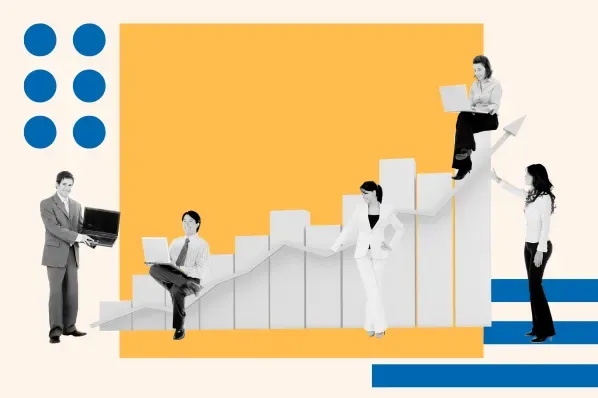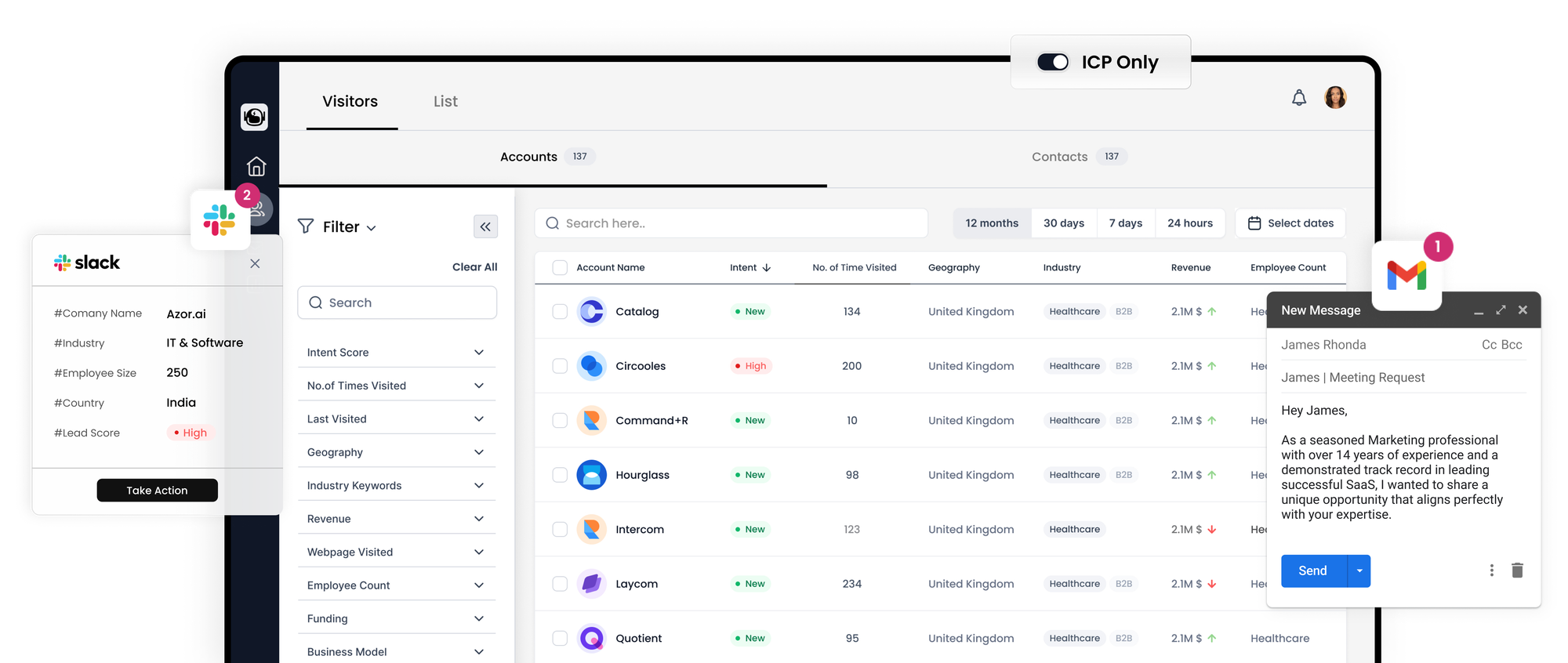Understanding and Evolving B2B Sales Dynamics

Defining B2B Sales:
B2B sales, or business-to-business sales, involve transactions where one company's offerings are sold to another company. Unlike direct-to-consumer sales, B2B sales are intricate, typically involve higher stakes, and are characterized by extended, consultative selling cycles. They require a strategic approach, as the selling process involves multiple discussions over a period, as opposed to a one-off transaction.

Contrasting B2C and B2B Sales:
B2B sales stand apart from B2C (business-to-consumer) sales in several aspects:
- **Pricing**: B2B solutions usually carry a higher price tag, due to their larger scale and complexity.
- **Sales Cycle Length**: B2B transactions have a protracted sales cycle, given the intricate nature of deals and the necessity for numerous touchpoints.
- **Decision-making**: B2B purchases often involve a group of decision-makers within an organization, each contributing to the strategic purchase process.
For example, consider Rachel's straightforward B2C journey to purchase a toothbrush, which is a stark contrast to the multifaceted B2B process that may involve various stakeholders from different departments within a business.
The B2B Sales Landscape:
B2B sales are characterized by:
- **Multiple Stakeholders**: Typically, B2B transactions involve numerous decision-makers. For instance, a Chief Marketing Officer considering a marketing automation system would consult with her team, and perhaps the CFO and CIO, to ensure alignment with the company's financial plans and technology stack.
- **Extended Sales Cycles**: B2B sales cycles can last several months, with reports indicating that most B2B sales take four to seven months to close.
- **Pipeline Reliance**: The lengthy nature of B2B sales cycles demands a constant pipeline of deals at various stages, requiring close collaboration between sales, marketing, and development teams.
A Typical B2B Sales Process Involves:
- **Inbound Lead Qualification**: Leads generated by marketing efforts are vetted by sales development representatives (SDRs), who then pass qualified leads to account executives (AEs) for further engagement.
- **Outbound Prospecting**: Outbound-focused SDRs employ strategies like cold outreach to identify and engage potential prospects, eventually transitioning qualified leads to AEs.
- **The B2B Demo**: Account executives dive deep to understand a prospect's needs during demos, leveraging excellent communication skills and creative problem-solving.
- **Closing and Beyond**: A successful demo leads to an internal champion within the prospect company, who then advocates for the solution. This stage often involves the creation of supportive materials and collaboration with marketing teams.
Evolving B2B Sales:
The B2B sales domain is experiencing a shift:
- **Complex Buyer Journeys**: Gartner's research indicates that B2B buyers face a complex, non-linear journey, often revisiting earlier decision stages as they gather information and form a consensus.
- **Account-Based Sales Focus**: B2B sales are gravitating towards an account-based approach, targeting specific accounts and coordinating between sales and marketing to engage key decision-makers effectively.
- **Enhanced Sales Enablement Tools**: Innovations in B2B sales tools are simplifying sales processes, improving ramp-up times for new reps, and enhancing coaching. These include sales dialers, guided selling platforms, conversation intelligence, account engagement platforms, and real-time coaching solutions.
In conclusion, while B2B sales are becoming more complex, technological advancements offer unprecedented opportunities to streamline processes, sharpen strategies, and foster customer success. B2B sales teams are now better equipped to navigate the intricate web of modern sales with more intelligence and efficiency than ever before.
